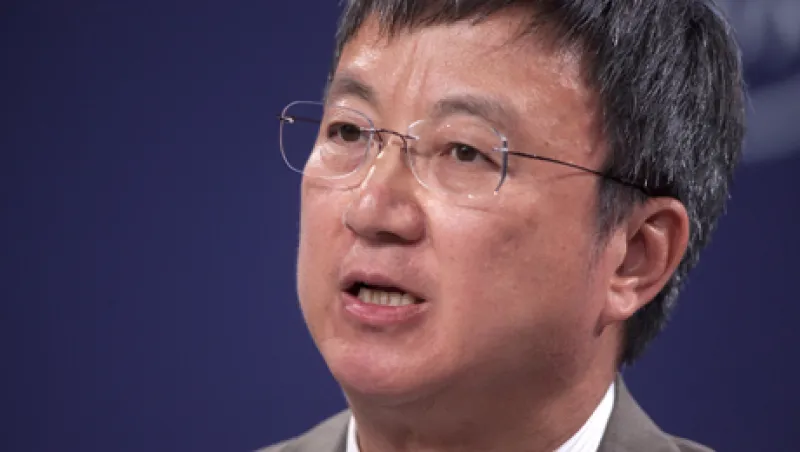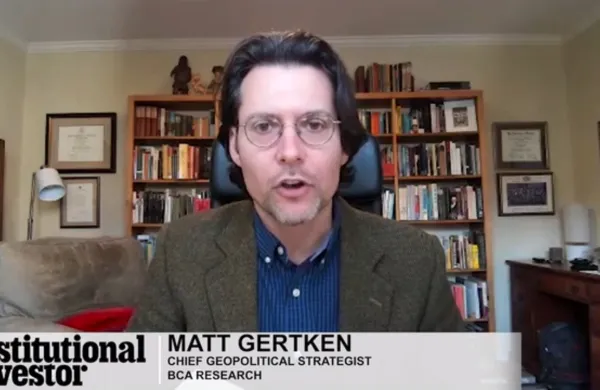Euro pessimism may be hanging heavily in the air at Davos, but executives and financiers at the World Economic Forum’s annual meeting remain bullish on emerging markets.
Ben Verwaayen, CEO of Alcatel-Lucent, told a forum panel on the global economy that the fixation of many participants on the debt crisis in Europe and high unemployment in the U.S. was overdone. “We talk about doom and gloom here in Davos,” he said. “If you would go to Brazil today and you were to talk to young people about where the world is, they would have a quite different view.”
Most emerging-markets economies have continued to perform strongly since the financial crisis. The big question is whether they have the size and dynamism to offset persistent weakness in Europe and the U.S. and sustain the global economy. The answer is an emphatic yes, according to Stephen King, chief economist at HSBC Holdings.
Emerging markets are starting to shift from their traditional reliance on exporting to developed Western countries to generating more growth within the emerging world. This trend will fuel a tenfold rise in so–called south-south trade by 2050, King asserted at a roundtable on emerging markets sponsored by HSBC. China, which already does 47 percent of its trade with emerging markets, will see that share rise to 73 percent by 2050, he projects, while India and Brazil will see their emerging-markets trade rise to 83 percent of the total from 58 percent.
“It’s a really extraordinary change that’s taking place,” he said. “It’s going to be a key driver of global growth.”
King cited several key drivers of this new trading pattern. China’s demand for commodities to propel its growth and urbanization is prompting it to invest more heavily in emerging markets. Fast-growing middle classes with significant disposable income are creating fresh demand for cars, better food and consumer products in the BRIC countries and beyond. And emerging markets have massive needs for infrastructure investment to sustain their growth and tie them more closely to the global economy.
Brazil, which will host the 2014 Summer Olympics and the 2016 World Cup, plans to spend $1 trillion on everything from roads to airports to shipping facilities over the next decade, Luciano Coutinho, head of the Brazilian development bank BNDES, told the roundtable. The government sees infrastructure investment helping to boost Brazil’s growth rate this year to between 4 percent and 4.5 percent, compared with most private economists’ forecasts of closer to 3 percent, he said.
Financing that growth at a time when most European and many U.S. banks are deleveraging will pose a challenge. Emerging-markets countries will increasingly have to find much of the money at home.
In Brazil, BNDES is working to develop long-term investment vehicles to raise the necessary funds in reais rather than borrow abroad, Coutinho said. “It doesn’t make sense to support infrastructure with foreign currency liabilities,” he said. “We must rely more on our own savings.”
China’s $3 trillion-plus in foreign exchange reserves will also play an increasingly large role in financing development in emerging markets, said King. Such a move could raise the cost of capital for Western countries, especially the U.S., considering that China currently has the bulk of its reserves in the U.S. “It’s possible the dollar’s role as a reserve currency goes down,” King added.
The flow of capital to emerging markets explains the recent dichotomy between those countries’ economies, which remain buoyant, and their financial markets, which have lagged many Western markets over the past year, according to Min Zhu, deputy managing director of the International Monetary Fund. Those capital flows have increased the correlation between developed and developing financial markets in recent years even as their underlying economic performance has diverged, he said. Those correlations are likely to remain high for the foreseeable future. “The capital is chasing growth,” Min said. “So financial markets will be ever more coupled.”
Yet the long-term potential of EM financial markets would appear to be impressive. Min noted that countries classified as "developing" by the IMF — which include the BRIC nations — accounted for 49 percent of global output last year, almost as much as the advanced nations such as the U.S., Europe and Japan. Those developing countries account for only 19 percent of the world’s financial assets, though. Eventually, financial assets are bound to catch up with the real economy.






